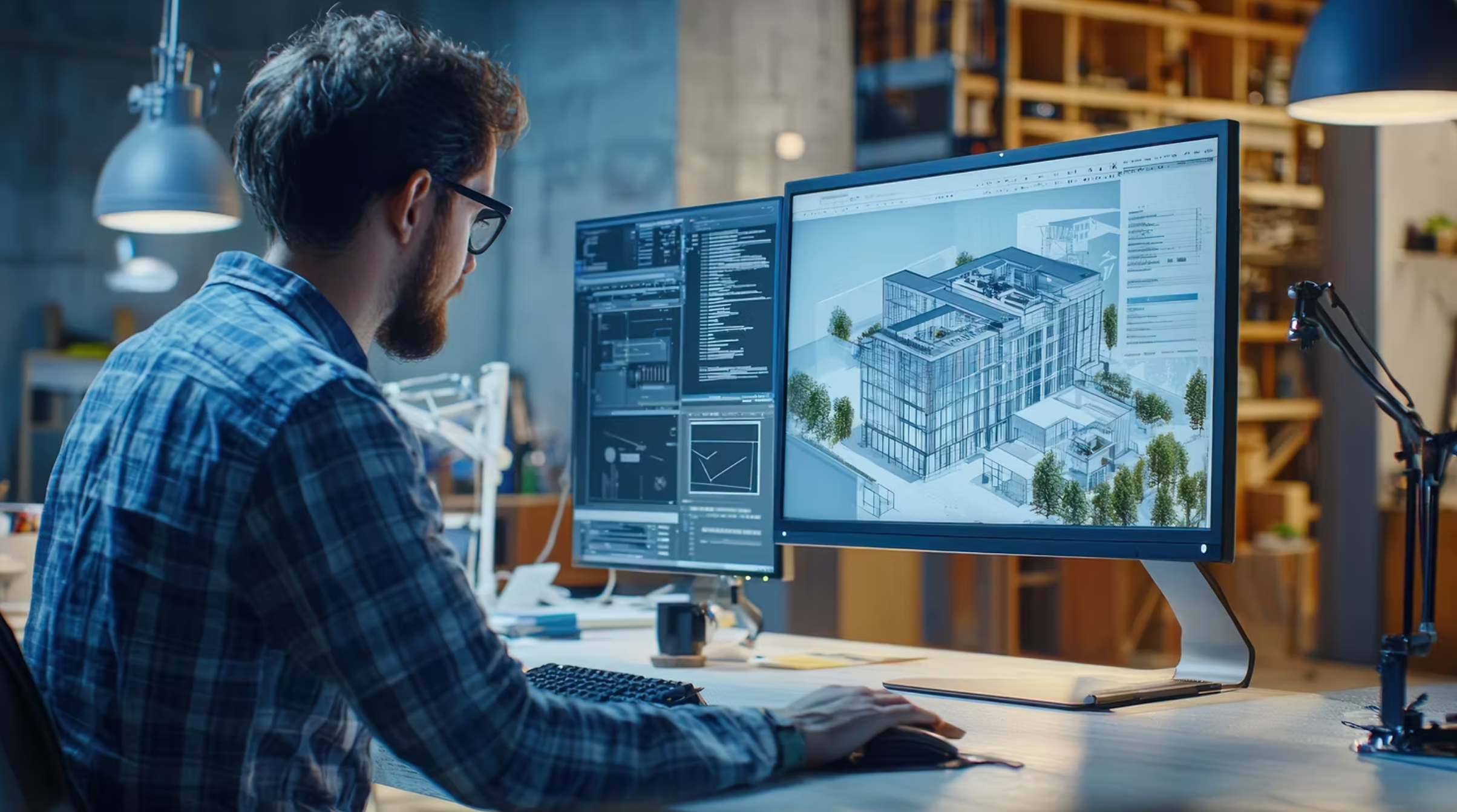The off-plan property in the Dubai market has always been driven by vision, trust, and timing. Purchasers invest in developments months or years ahead of time, and developers have to sell an anticipated experience instead of a completed product. Interactive visualization platforms provide potential buyers with a better sense of scale, finish, and lifestyle, and assist sales teams in reducing decision cycles and connecting with investors in different time zones.
Why interactivity is important for off-plan sales
Physical floor plans and pictures make the buyer think, and thinking creates uncertainty. With interactive real estate visualization, a consumer walks around a virtual apartment, switches finishes, and looks out a window from various floors. Such an interaction minimizes uncertainty, resolves questions that would otherwise take several visits to the site, and allows the marketing story to become showable instead of speculative.
Those that provide interactive previews are better at catching higher-quality leads and enhancing conversion rates once the experience is centered on realistic, navigable models.
CGI virtual tour as a frontline sales tool
A CGI virtual tour is not a novelty. For off-plan developments, it serves as an interactive brochure that never sleeps. Potential purchasers can view a whole-unit tour, examine tailor-made fixtures, and experience varying light conditions, all from a desktop or smartphone.
CGI tours lower friction for Dubai developments, appealing to overseas buyers by eliminating travel obstacles and offering a uniform, high-fidelity representation of the completed property to provide. Real estate developers who use virtual tours in their listings and CRM workflows create smooth buying experiences that are completed quickly and with less property viewing.
How 3D visualization in real estate increases buyer confidence
3D visualization of real estate turns immaterial architectural drawings into a tactile experience. Buyers are sensitive to depth, proportions, and context, and high-quality renders enable them to grasp circulation, daylight, and outlook.
When added to interactive master plans, consumers are able to screen units, see landscaping at various stages, and even view surrounding neighborhood amenities. These features minimize post-purchase disillusionment, minimize contingency negotiations, and enable presales to be more robust.
Testimonials from current Dubai developments reveal that interactive master plans and 3D tours take center stage in the pre-launch marketing mix.
Role of real estate rendering services in brand positioning
High-end real estate rendering services go beyond depicting layouts; they convey brand intent. Photorealistic images of exteriors, stylized lifestyle scenes, and realistic interior lighting all form perceptions of quality and price reasonability.
For luxury developments in Dubai, such pictures are part of the product offer. Where renders are applied consistently across web, brochures, and online advertising, they establish credibility and facilitate agents being able to tell a unified story to buyers. Agencies that create both static renders and interactive assets bring one visual language across all buyer touchpoints.
Key practical advantages for sales teams and developers
- Interactive tools deliver measurable improvement in the sales process. Common advantages include: Quicker lead qualification, as consumers engaging with a virtual tour come armed with more informed questions.
- Increased online interaction, indicated through longer session length and greater feature interaction.
- Enhanced remote consultation, whereby sales representatives utilize virtual tours on calls to model choices and close sales.
- Fewer repeat visits, eliminating site tour expenses and prioritizing physical viewings for serious shoppers.
Dubai case studies demonstrate that the incorporation of interactive 3D master plans and tours within pre-launch marketing campaigns shortens reservation timelines and widens the geographic reach of purchasers.
Integration with CRM and sales analytics
True value comes when real estate rendering is not a lone item but one component of a data-based funnel.
New platforms have the capability to not just gather but also analyze the interaction data, which includes buyers’ attention on specific units, their likes in terms of finishes, and the time spent by them in each area. Sales teams that input this information into their CRM software will be able to give priority to follow-ups, personalize their offerings, and anticipate demand according to unit type.
This kind of knowledge transforms a virtual tour into a primary instrument for market sampling and inventory control.
Best practices for designing interactive experiences that are highly effective
Interactive campaigns that are effective time after time have not deviated from the standard production decisions:
- Start with accuracy; check that the dimensions and locations of the windows in the layouts are correct as per the developer’s documents.
- Spend the money on photo-realism for the top assets in the market facing and on lighter models for the master plan testing.
- Make it independent of the device, as high-net-worth customers might use phones, tablets, or VR headsets.
- Moreover, add the experience to the human touchpoints, just like a sales consultant-led virtual tour.
- Measure and iterate; handle the virtual product as a minimum viable offering that builds on user feedback.
These steps close the gap between expectation and reality, and they facilitate measurable conversion improvements.
Cost and timeline considerations for off-plan projects
Creating a 3D visualization for real estate depends on the scope. Single-unit CGI renders are relatively faster, whereas fully interactive masterplans, equipped walkthroughs, and VR readiness are time-consuming and involve more coordination with architects and interior teams.
Standard production timelines for refined interactive tours are a few weeks for small-scale projects to several months for intricate master plans. Budgeting should include iterative feedback loops, hosting on platforms, and analytics post-launch. When measured against the expense of prolonged marketing campaigns and delayed sales, the payoff on a well-constructed interactive package is often evident in the case of major Dubai projects.
Limitations and managing expectations
Interactive visualization is effective, but it cannot replace effective contractual disclosure. Buyers will still need to be given accurate timelines, specifications, and fit-out allowances. Renders should be marked with clear notes on finishes and available upgrades, and marketing teams should not make promises that the final build cannot deliver. Open communication, backed by legal-ready documentation, keeps trust intact and reputations in place.
Conclusion
Interactive techniques realized via interactive real estate visualization, CGI virtual tour, and real estate rendering services have transformed the sale of off-plan property in Dubai. They eliminate purchaser uncertainty, facilitate remote purchases, and give sales teams intelligence to enhance targeting and forecasting.
For developers who intend to convert conceptual schematics to market-ready experiences, interactive 3D assets are now an integral part of pre-launch planning. If your development requires end-to-end services in Dubai, Limina Studios offers Real Estate Visualization, CGI tours, and 3D Real Estate Visualization solutions, including interactive master plans and Matterport-ready virtual tours. Production, hosting, and integration with sales workflows are provided, enabling developers and agents to showcase off-plan properties in Dubai with confidence and clarity.






















